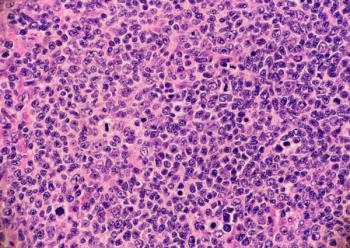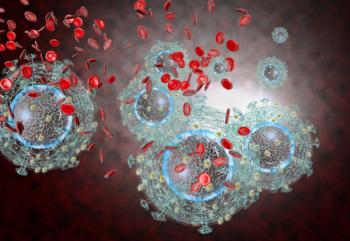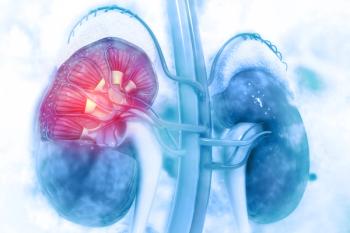
Low Success Rates Persist for Clinical Trials
Analysis from multiple reports shows that Phase I clinical trials typically have a low rate of success. The lowest success rate occurs during Phase II of research, while those who make it to Phase III do not fare much better.
Very few therapies make it from Phase 1 clinical trials to FDA approval, which is no surprise for those navigating the tricky world of new drug development. But it’s notable that cancer programs fare even worse than average, and that a large proportion of Phase III studies fail to support market applications. Treatments for non-cancer rare diseases and hematology drugs have the highest likelihood of approval (LOA) from Phase I, while medicines for chronic diseases fall in the middle, according to a new report from the Biotechnology Innovation Organization (BIO) on “
” over the past decade (2006-2015)
Research involving more targeted, well-defined patient populations and clear targets is more likely to bear fruit. This is seen in data indicating greater success in product development programs when biomarkers are used in selecting (or excluding) patients for clinical trials. Selection biomarkers increased LOA from 8% to 25%, according to analysis using Amplion’s BiomarkerBase program. Therapies for rare diseases, which often involve testing on well-defined patient populations, similarly have higher success rates. Conversely, more complex clinical trials for high-prevalence diseases that treat heterogeneous patient populations often experience below average LOA from Phase I. Particularly troubling are the relatively low rates of success for Phase III clinical trials, which tend to be long and expensive. The report shows that more than 40% of Phase III studies do not result in applications filed with FDA. A majority of Phase I studies lead to the next phase, while the lowest success rates (31%) occur in Phase II research, where difficulties in obtaining proof-of-concept data fail to support large Phase III studies. Those experimental programs that end up filing an application with FDA do relatively well, as FDA ultimately approves 86% of submissions. Only 61% gain approval on the first review cycle, though, a problem rate that FDA and sponsors have worked hard to improve in recent years. The analysis using Informa’s Biomedtracker service covers 7,455 programs involving 14 major disease areas and 9,985 transitions from Phase I to II to III. Likelihood of approval from Phase 1 ranged from only 5% for oncology therapies to 26% for hematology, where new therapies for hemophilia have done well.
Newsletter
Stay current in clinical research with Applied Clinical Trials, providing expert insights, regulatory updates, and practical strategies for successful clinical trial design and execution.




